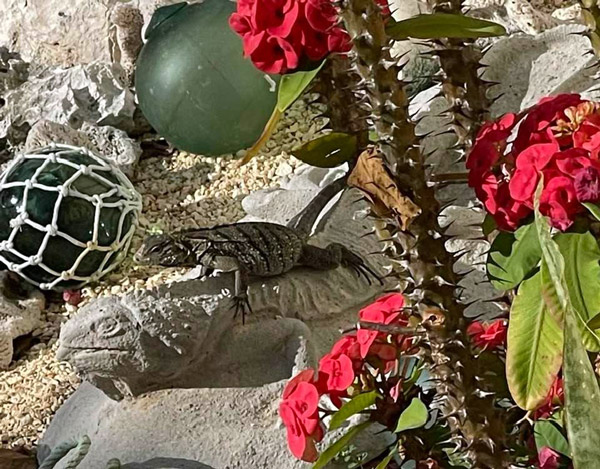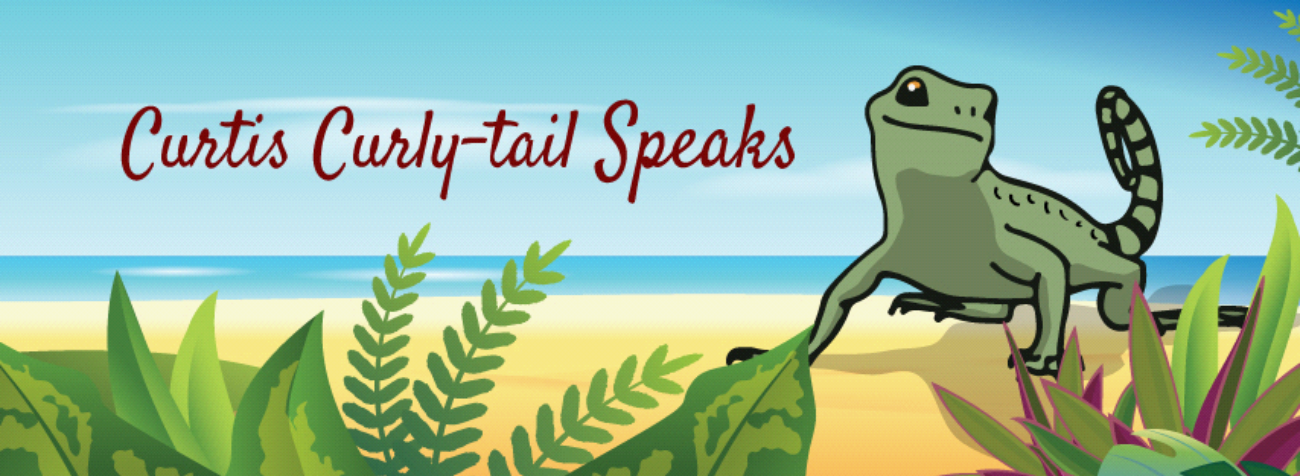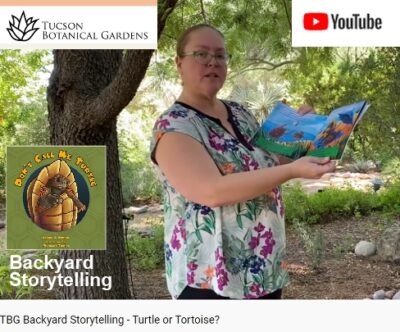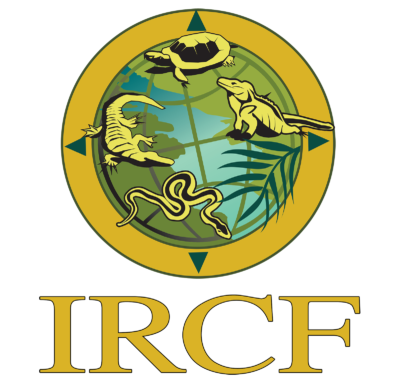The Plight of Rock Iguanas in a Single Photo
To me, a great vacation is flying to a Caribbean Island and chasing wild rock iguanas over limestone karst and through thorny bushes. It isn’t as much a vacation as it is an effort to protect endangered populations of rock iguanas (Cyclura sp.). These trips inspired me to write my first book, Curtis Curly-tail and the Ship of Sneakers. My inspiration has continued throughout the years, but unfortunately so too has the plight of the rock iguanas.
Protecting the Rock Iguanas
One of my favorite citizen scientist projects was on Cayman Brac in the Cayman Islands. Cayman Brac is one of the Sister Islands and home to the critically endangered Sister Islands Rock Iguana (Cyclura nubila caymanensis). This species is found only on the two Sister Islands, Cayman Brac and Little Cayman. Habitat destruction and death by cars and pets have reduced the population to a dangerously low level. Two of my books feature the plight of these remarkable lizards: The Dragon of Nani Cave and Silent Rocks.
I wrote Silent Rocks after a particularly tragic week. It was a week when too many of the iguanas that I personally knew lost their lives to cars on the road. Needless deaths. Even more shocking is that some of the drivers went out of their way to run over the iguanas! The harmless iguanas were only seeking warmth on the road.
Their Plight in One Photo

One of my friends and fellow author, Bonnie Scott, took the above photo of a young iguana sitting on a statue of an iguana. The greatest danger to this youngster is the cats allowed to roam free. Currently, there is no effective cat control on the islands. Sadly, there are years when no young iguanas are found, having been eaten by human pets. Brac artist Ronald “Foots” Kyne created the statue in the photograph. He used a killed iguana as the model for the statue. It was a somber, but appropriate muse to represent their circumstances.
When I look at this photo, I see both the past and the future. I see the needless deaths of endemic lizards due to the negligence of humans as represented in the statue. However, I also see hope. I see hope for the future in the young iguana, lovingly observed by my friend.
There is Hope
Some islanders treasure their unique lizards, but others are less concerned. These lizards are a crucial part of the ecosystem. The iguanas are responsible for dispersing the seeds of the native plants, which form the base of the island ecosystem. Adult iguanas had no predators until dogs and cats were introduced. For their part, iguanas do try to get along with people. They do their best as houses and parking lots are built over their homes and ever limiting nesting sites. I do have hope that people will make the effort to ensure that these special lizards will always have a safe home on the Sister Islands. Here’s to you, little one! May you live long and prosper.
For more information about Rock Iguanas and the Cayman Islands, check out Bonnie’s and my books. You can find all of our books here, on LyricPower.net.
To learn about our latest science-based children’s books and workbooks, to read our latest blog posts about reptiles, birds, cats, and gardening, in a variety of locations, and about how the books come to be, what inspires an author to write, and many more interesting aspects of the publishing business, fill in the box below and we will add you to our email list.
Thank you!



